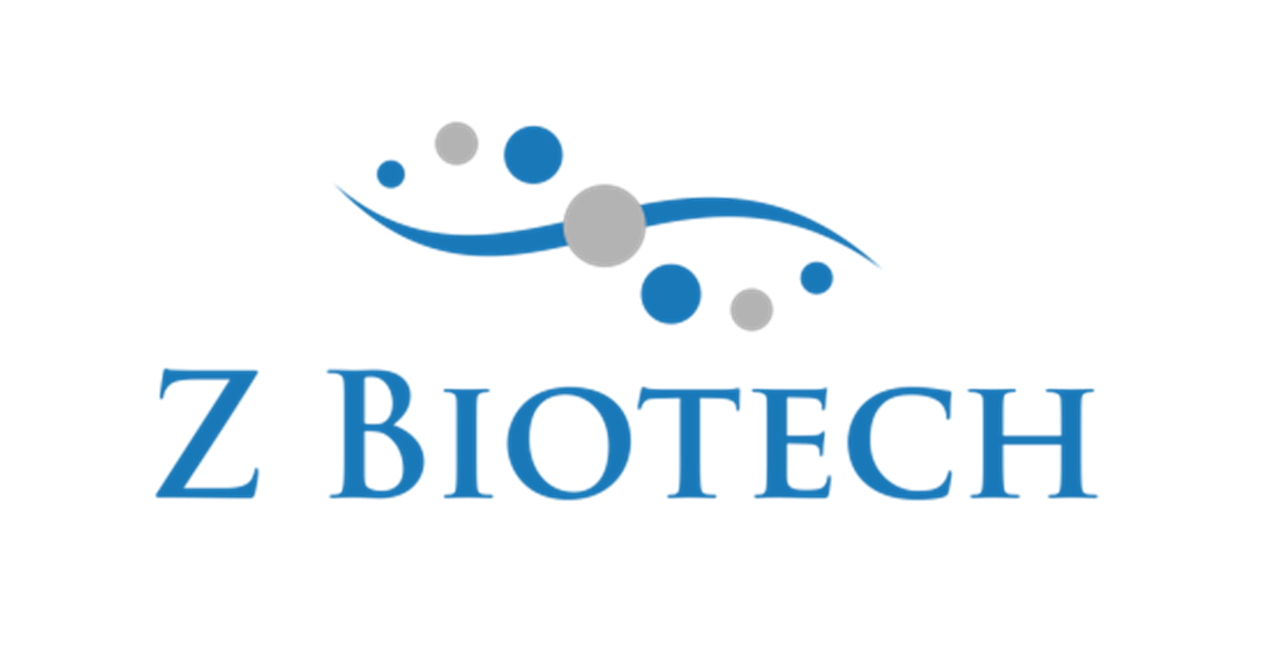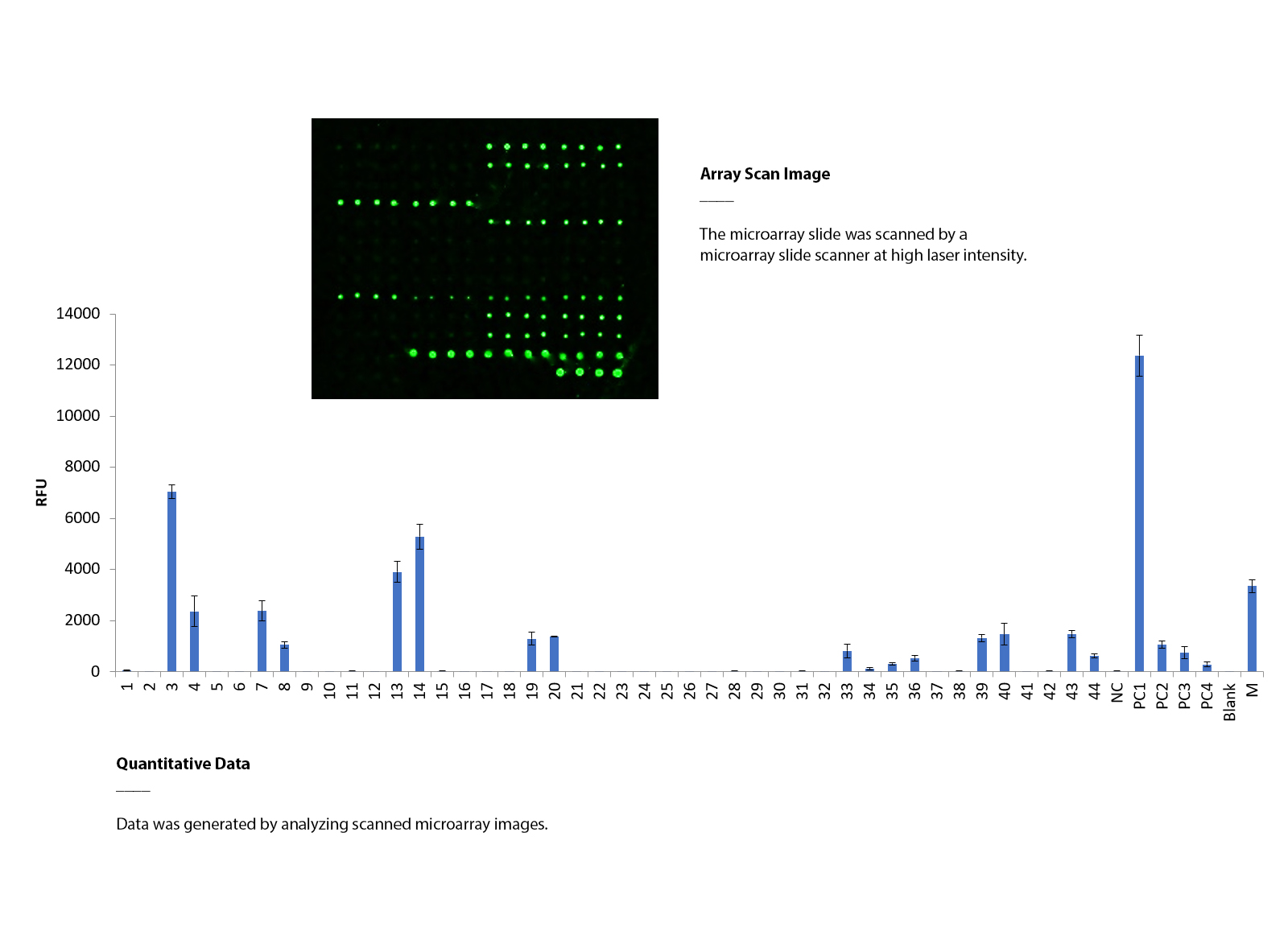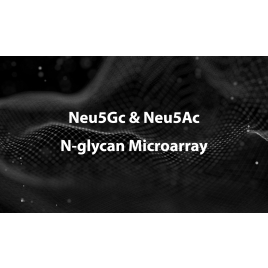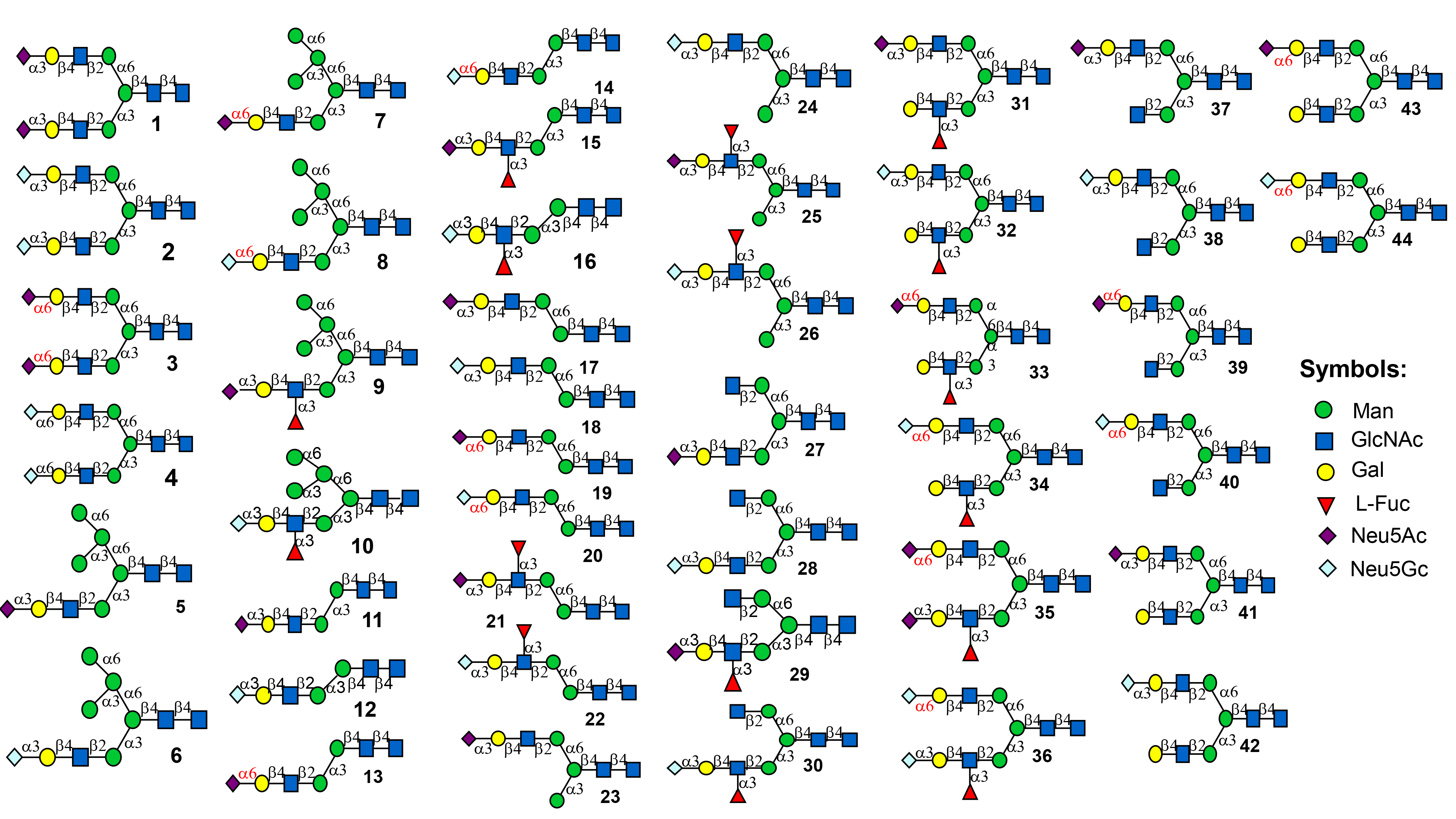Product
제품
-
Analytical Products
- Wyatt Technology
- Awareness Technology
- Eurofins l Abraxis (GSD)
- Aurora Biomed
- Canada NRC-CNRC
- Cifga
- Chrom Tech
- Eichrom Technologies
- EPROGEN
- Fluidic Analytics
- Globe Scientific
- GENERON
- Halo Labs
- Hygiena International
- KROMATON
- InProcess-LSP
- MTC Bio
- MZ-Analysentechnik
- Newomics Inc.
- Occhio Instruments
- Optimize Technologies
- Pickering Laboratories
- PolyLC
- Raykol Group
- RheoSense
- Rocker Scientific
- Santai Science
- SEDERE
- Spectra Analysis
- UCT
- Wealtec Corp
-
Bio & Medical Products
- Biolog
- Adooq Bioscience
- A&A Biotechnology
- Accegen Biotechnology
- Anatrace
- Array Bridge
- Biogenes GmbH
- BioQuochem
- BioServ UK
- Biomiga
- Biotech Support Group
- CinderBio
- Cell Technology
- Creative Biolabs
- Creative Diagnostics
- Creative Biostructure
- Creative Biomart
- Creative Enzymes
- EICOM
- Emulseo
- GLYcoDiag
- Helix Biotech
- InnoGenomics
- IsoSciences, LLC
- IUL Instruments
- Micropore Technologies
- Matrix Innovation
- PreciGenome
- PhylumTech
- ProFoldin
- Protein Ark
- Primer Design
- ProteoChem
- RareCyte
- RECIPE
- Silicycle Inc.
- Tymora Analytical
- UTAK
- YouSeq
- Z Biotech
소개

Neu5Gc & Neu5Ac N-glycan Array
Sialic acids are acidic monosaccharides present on the terminus of glycans. Sialyltransferases (STs) catalyze the sialylation process, adding sialic acids to the non-reducing end of glycan chains. Two common types of sialic acids are found on mammalian glycans: Neu5Ac and Neu5Gc. While Neu5Ac is synthesized enzymatically by N-acetyl glucosamine transferase I/VII (GnTI/VII) in human cells, Neu5Gc must be acquired from dietary sources since Neu5Gc – synthesizing enzyme CMAH has become lost during the evolution. However, Neu5Gc finds its way to human tissues via food consumption, especially in diets rich in red meat.
Nonhuman and diet-derived Neu5Gc is metabolically integrated into human tissues as human cells biochemically recognize Neu5Gc and incorporate it into cell-surface glycoconjugates. However, the immune system recognizes Neu5Gc-containing glycans as alien and produces anti-Neu5Gc autoantibodies, resulting in inflammation. Diseases relating to chronic inflammation, such as cancer, cardiovascular diseases, and thyroiditis, have been shown to associate with higher levels of Neu5Gc and anti-Neu5Gc autoantibodies.
In cancer, overexpression of sialyltransferases is a widespread occurrence. Elevated activity of sialyltransferase leads to hypersialylation that highly correlates with disease progression and prognosis. Cancer cells often conceal their outermost surface with a dense layer of sialic acids which protects cancer cells from immune surveillance by covering up pivotal immune-activating nodes or conferring immune cells to grant “immunity” and ultimately rendering the loss of supposed-to-happen antitumor destruction. Within the tumor microenvironment, terminal sialic acids of overexpressed tumor sialoglycans interact with NK cell inhibitory receptors (Siglec-7/-9) and T cell inhibitory receptors (Siglec-9), leading to the inactivation of both the innate and the adaptive antitumor immunity. Therefore, abrogating hypersialylation by targeting sialyltransferase could block immune checkpoints to reinitialize or enhance antitumor immunity.
The emerging biological relevance of sialic acids in human health and disease has rapidly increased the interest in studying these monosaccharides in many disciplines of human physiology. Identifying sialic acid–binding receptors and defining their receptor-ligand interactions in physiological and pathological conditions will accelerate our understanding of these molecules in human health and disease.
The sialoglycan microarray technologies have revolutionized the analysis of sialoglycan interactions, illuminating the biology mediated by sialic acids. ZBiotech has developed a robust microarray platform that allows researchers to explore the interactions between N-sialoglycans and various biological samples, for example, proteins, antibodies, cells, cell lysate, serum, vesicles, bacteria, or viral particles. The Neu5Gc/Neu5Ac N-glycan array includes 44 structurally – defined N-glycans with paired Neu5Gc and Neu5Ac at the non-reducing end. Each array contains 8 or 16 identical subarrays, enabling the simultaneous analysis of multiple samples. The Neu5Gc/Neu5Ac N-glycan array provides high-throughput and reliable glycan-binding information with a simple assay format that only requires a small sample volume. Results can be obtained in only a few hours, making investigating N-sialoglycans binding easy and efficient. The Neu5Gc/Neu5Ac N-glycan array can be customized to meet individual client needs. Assay services are available upon request.
Features
• 44 N-glycans with paired Neu5Gc and Neu5Ac at the non-reducing end
• Unrivaled sensitivity and specificity
• Simple assay format
• Small sample volume
• Customizable (select glycans for a specific microarray format)
• Assay service available
Applications
• Evaluate binding specificities of sialoglycan-interacting proteins
• Evaluate binding specificities of sialoglycan-interacting antibodies
• Study virus – sialoglycan interactions
• Study bacteria – sialoglycan interactions
• Study vesicle – sialoglycan interactions
• Study cell – sialoglycan interactions
Sambucus Nigra Lectin (SNA) binds to α-2,6 sialic acids
The Neu5Gc/Neu5Ac N-glycan array was assayed with biotinylated Sambucus Nigra Lectin (SNA) lectin, followed by streptavidin (Cy3). The array was scanned with a microarray scanner at 532nm wavelength. Positive control and marker showed bindings as expected. SNA preferentially binds to α-2,6 sialic acid-containing N-glycans.

사양
주문정보
10606-16S Neu5Gc & Neu5Ac N-glycan Array Slide (16 samples)
10606-8K Neu5Gc & Neu5Ac N-glycan Array *Assay Kit (8 samples)
10606-16K Neu5Gc & Neu5Ac N-glycan Array*Assay Kit (16 samples)
* The assay kit contains a microarray slide, a bottle of blocking buffer, a bottle of assay buffer, a hybridization chamber, and sealing films. The hybridization chamber is a device that holds the array slide, assay buffer, and samples to be analyzed.
관련자료
List of Neu5Gc/Neu5Ac N-glycan structures on the array (download the PDF)
Protocol & User Manual (download the manual)



